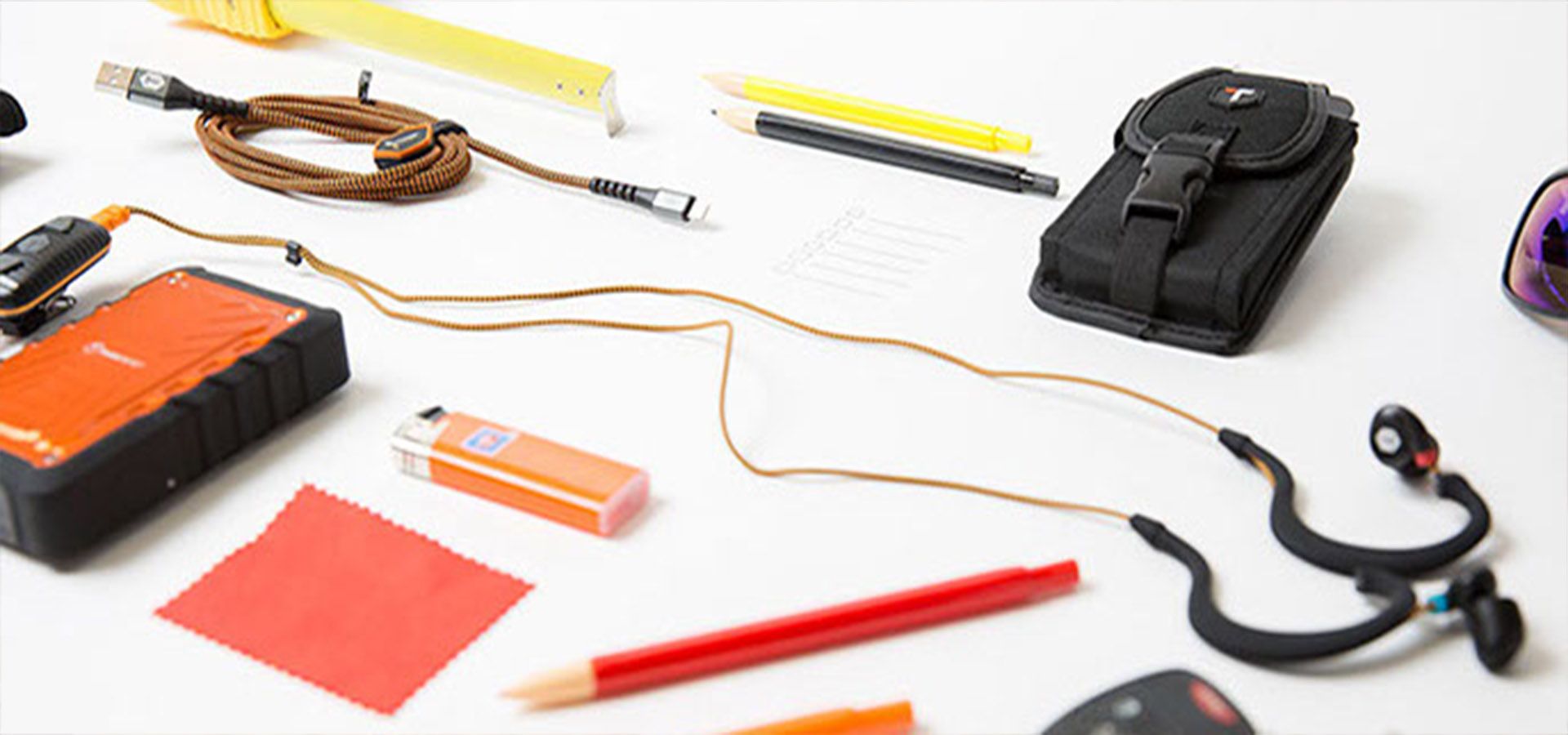
Cannabis in the Workplace



Cannabis in the Workplace
By Barbara J. Bowes
Clearing the Haze
As you know, the long awaited cannabis legislation is finally here. However, not only is there excitement in the air for users but there is also plenty of confusion and frankly, downright fear on the part of many small business employers.
Many are asking about the nature of potential employee challenges that cannabis may bring to small operators such as the readers of Convenience and Carwash Canada. There are questions regarding cannabis prescription medication in the workplace and how this should be handled. There are questions about the level of extra work required to monitor cannabis use and frankly, many small business owners are asking what is cannabis versus marijuana?
In my opinion, this so called cannabis revolution does indeed have several elements of implementation that do bear addressing. This is because an employer’s most important focus must be on the safety and productivity of employees and the safety of customers.
So let’s start with a definition. First of all, cannabis is simply another name for marijuana, all of which comes from the cannabis plant. The plant contains hundreds of chemicals but the one paid most attention is tetrahydrocannabinol (THC) which is a psychoactive drug that causes users to experience a high or stoned feeling. Smokers will feel the effects immediately and if eaten, users will feel the effects in approximately 30 minutes. The feelings last approximately two to six hours and may well impact one’s ability to work.
No matter what type of cannabis is used, individuals will experience changes in perception, they may experience short-term memory loss, decreased motor skills, red eyes, and anxiety. In some extreme cases, they may experience paranoia. All of these different results can impact an individual’s ability to carry out their job.
As mentioned earlier, business owners need to pay attention to the safety of employees and their customers. So the issue boils down to this question. Is the individual fit for work? In other words, no matter the impairment, be it cannabis or alcohol, can the individual do their job safely? Are they productive and engaging in the required performance? And, in non-sensitive safety workplaces, the issue may relate to the creation of safety issues with respect to other employees or customers.
So what should the business owner know? The following will provide some basic guidelines for you.
Understand your legislation – every province is different with respect to the legal age to use cannabis. Know also that smoking cannabis in public places is forbidden. While you may already have no smoking signs around your premises, be sure to ensure that employees and customers understand that smoking cannabis in and on your premises is banned. Perhaps add no cannabis on your signs as well.
Assess your jobs – in reviewing your positions, the employer needs to examine if there are any safety sensitive positions where performance can impact the safety of the employee and/or others. For instance, if an employee is using a forklift to move materials, what is the potential danger that would be created by impairment? Analyze your jobs for the different requirements for performance such as lifting 50 pounds, speaking clearly, and operating your machines correctly. Any time you see a problem with an employee not carrying out their job function appropriately, stop, pay attention and assess.
Medical marijuana – individuals are using cannabis by prescription for chronic pain, eating disorders, mood disorders, migraines and sleep disorders. If your employee is using medical marijuana, they must disclose their use and provide a prescription. As an employer, you have the right and responsibility to contact the physician to get an outline of the impact on the employee. However, this is a tricky area because if an employee has a diagnosed medical condition, you must accommodate them to the best of your ability as this is a human rights issue.
Privacy and confidentiality – one of the tricky issues that might arise is where an employee using medical cannabis should smoke or vape? Questions have already been raised about the social issue of potentially contaminating others with passive cannabis smoke inhalation when individuals with medical marijuana smoke in the same area as regular smokers. On the other hand, if you isolate the employee by sending to another location, are you breaching their privacy? All of these are serious questions but no matter which way you look at it, the employer has the duty to protect the safety of all employees. Each situation will have to be worked out individually.
Fit for duty – whether your employee uses medical cannabis or is a recreational user, the biggest issue for employers is fit for duty. This means employers need to be very aware of whether or not the employee is physically, mentally and emotionally able to perform the essential tasks of their job in a safe manner. You need to look for impairment of motor skills, hypersensitivity and an inability to concentrate. The challenge over all is that the employer needs to rely on observation to determine possible impairment.
Drug testing – currently there are limited tactics for immediately determining impairment from cannabis on the job. And, employers need to know that pre-employment and random drug testing is not permissible in Canada. In cases where you request drug testing due to evidence of cannabis, it may take several weeks for results and it is a costly endeavor. Rely on observation for immediate attention and action.
Policy upgrades – take time to review your human resource policies to determine if your current policy is broad enough to be inclusive of cannabis related issues. If your policy applies to the use of and/or under the influence of alcohol, then make this more inclusive by adding drug and substance abuse as this notation will cover the use of cannabis. Be sure to identify what the employer considers impairment.
However, you might also need to examine off-hour consumption because of the more lasting effects of cannabis. Do you have specific jobs where this consideration must be made? Keep in mind that fit for duty is a critical issue in this case.
In addition, employers will need to establish a policy about the physical presence of cannabis products in the workplace. The legislation places limitations with respect to how much an individual can carry but as an employer, you can restrict the presence of cannabis in your workplace similar to a no alcohol policy. Some professions for instance are prohibiting use of cannabis up to 48 hours before arriving at work.
Student employment – as a small convenience store and carwash, you will typically be hiring summer students. With this in mind, employers need to know the age at which young people are allowed to smoke cannabis. But, be sure during your new employee orientation that you explain all of your policies and the impact of inappropriate behavior at work.
I am sure many employers feel like they are standing in quicksand as this new cannabis legislation is implemented. However, to keep it simple, think about alcohol in the workplace, focus your attention on fit for work and ensure all of your employees come to work ready, are able to work and that they continue to be fit for work at all times.
Barbara J. Bowes, FCPHR, CMC, CCP, M.Ed., is president of Legacy Bowes Group, the author of seven books, a radio personality, speaker, an executive coach and workshop leader. She can be reached at barb@legacybowes.com


































